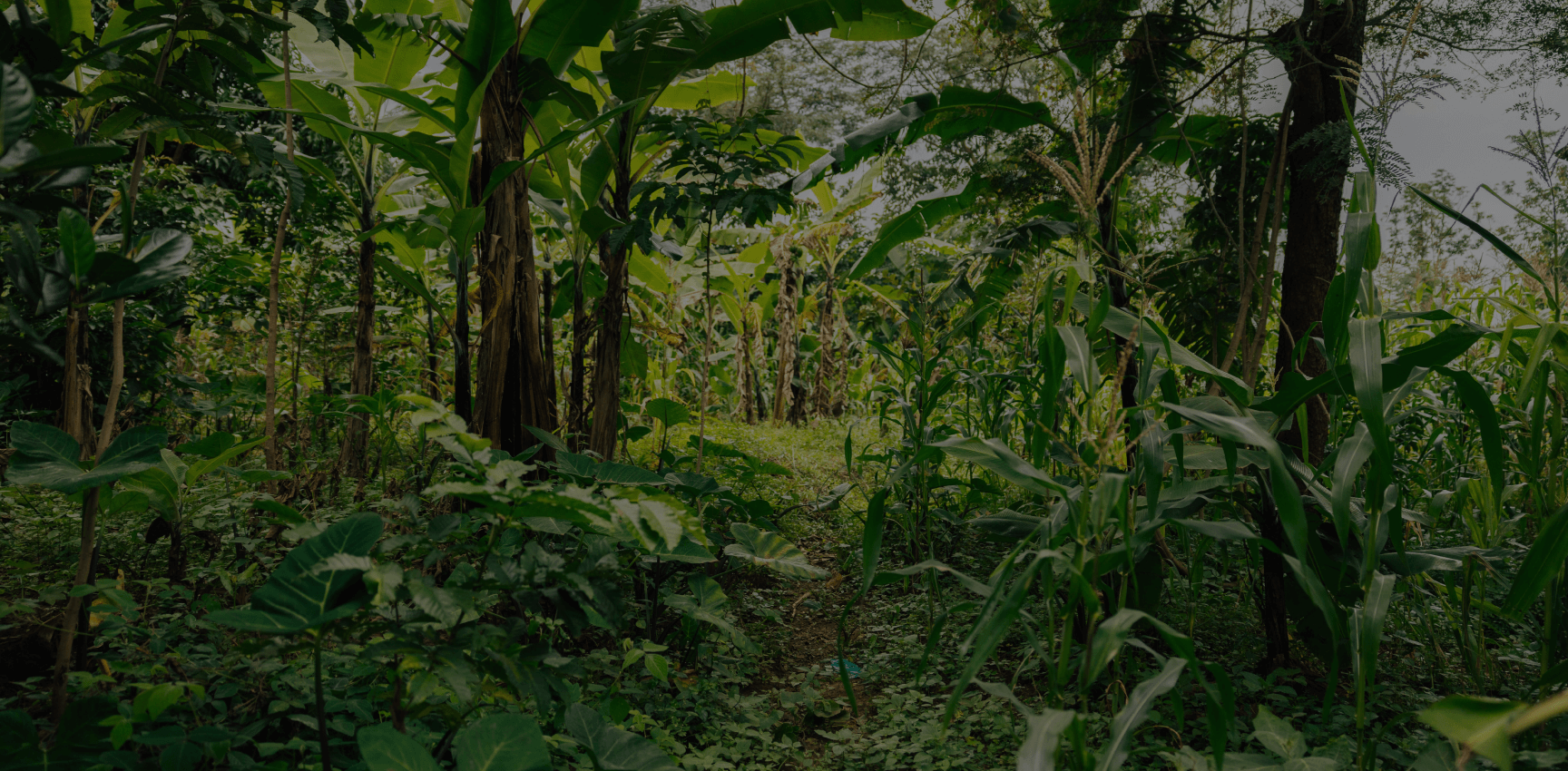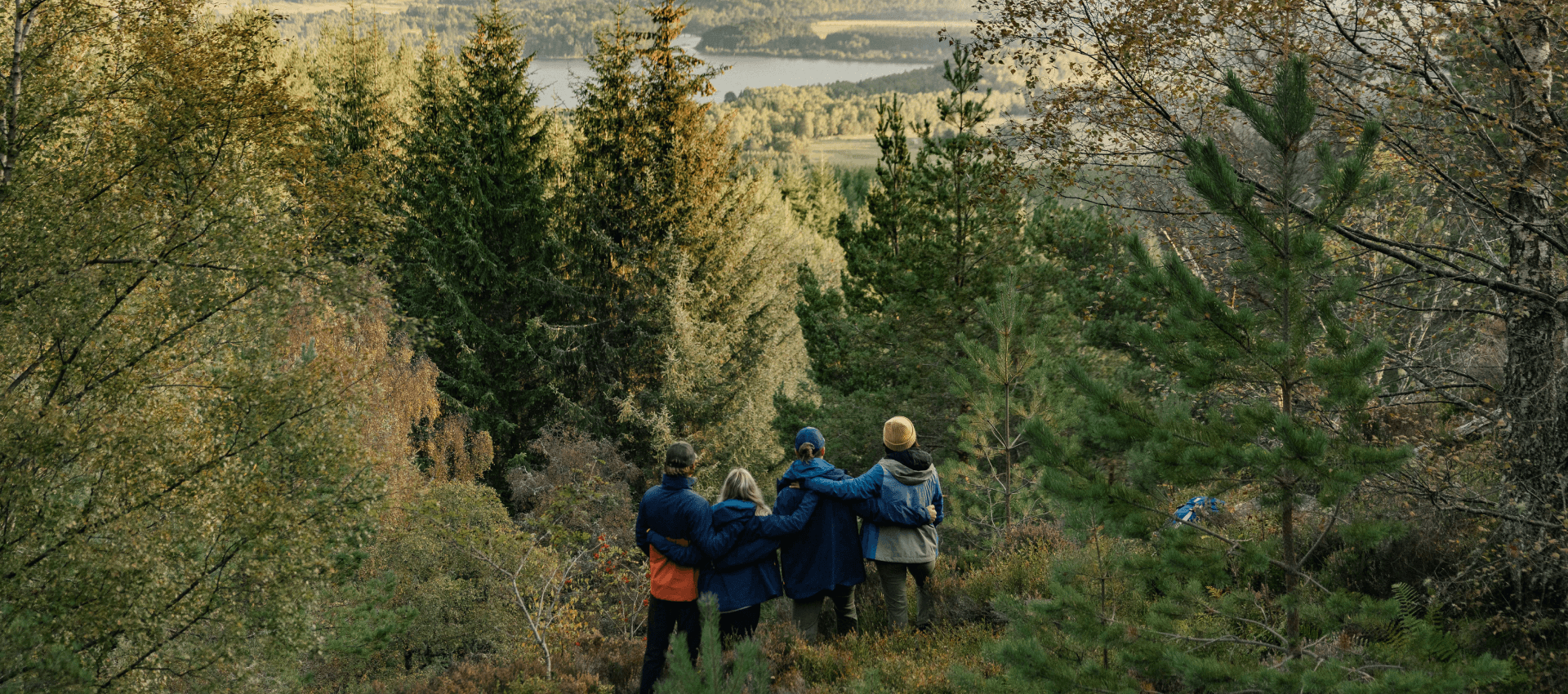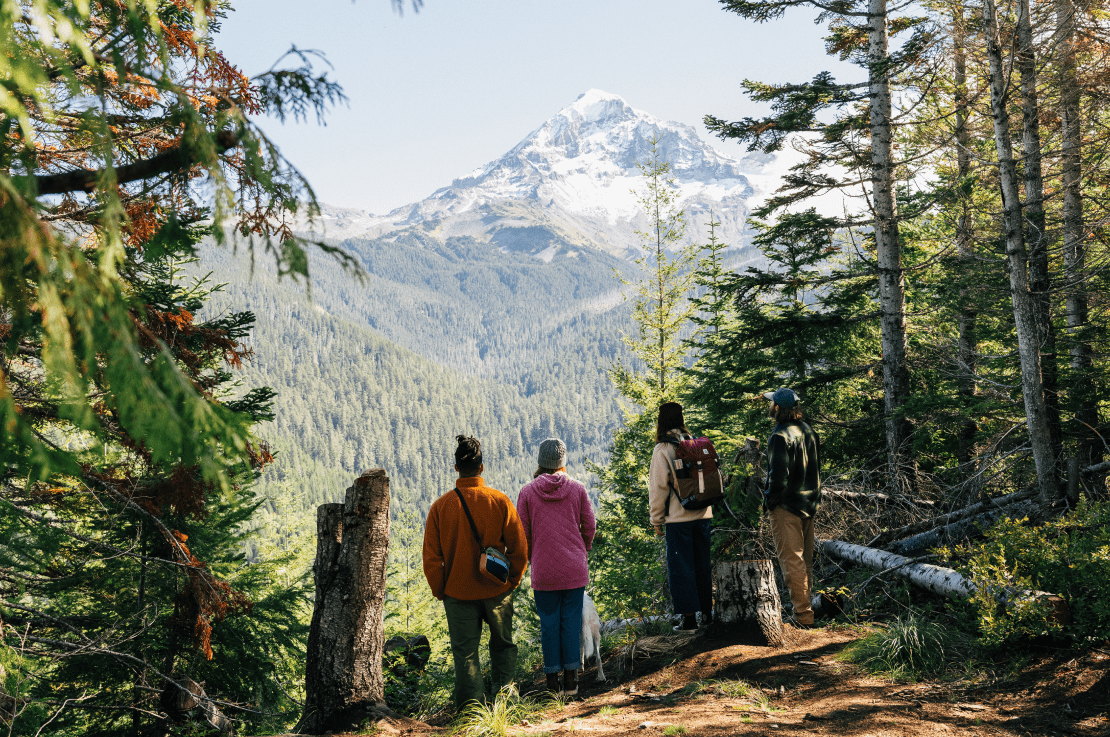
Wir meinen es ernst mit den Bäumen. Wir pflanzen sie, wir schützen sie - wir sind Paten der Wälder in Partnerschaft mit guten Menschen, die wirklich etwas bewirken.
Wir bei Passenger wissen, dass alles, was wir tun, eine Auswirkung hat. Deshalb versuchen wir, unseren Fußabdruck zu verkleinern und gleichzeitig dem Planeten und den Menschen, die diese Reise möglich machen, etwas zurückzugeben. Mit unseren langjährigen Naturschutzpartnern Trees for the Future und Rainforest Trust haben wir gute und starke Wurzeln geschlagen.
Warum die Besessenheit von Bäumen? Passenger begann als Wunschtraum auf dem Rücksitz eines abgewrackten T4 mit dem treffenden Namen Douglas Fir. Zu sagen, dass wir von der Natur und dem Wald inspiriert sind, ist eine Untertreibung. Es ist Teil von dem, wer wir sind und was wir tun.
„Wir pflanzen einen Baum für jede Bestellung“. Wurzeln im Boden, die den Kohlenstoff aus der Luft aufnehmen. Aber es ist so viel mehr als das.
Wo pflanzen wir Bäume?
Wir haben mehr als 1,3 Millionen heimische Bäume auf der ganzen Welt gepflanzt. Diese Bäume wurden in fast 1.000 Waldgärten in Uganda, Kenia, Tansania, Senegal und Mali gepflanzt, die Tausenden von Menschen vor Ort geholfen haben, sich aus Armut und Hunger zu befreien. Wenn man das alles zusammenzählt, wird geschätzt, dass dadurch in den nächsten 20 Jahren Zehntausende von Tonnen CO2 gebunden werden können.
In Ostafrika haben wir die gute Arbeit von Trees for the Future und ihr bahnbrechendes Waldgarten-Konzept, das Bauern und ihren Familien die Möglichkeit gibt, ihr Land für immer zurückzuerobern, aus erster Hand erlebt. Dadurch werden sie aus der seit Generationen bestehenden Armut befreit und können ihr Lebensmittelsystem wieder aufbauen, um ihre Gemeinden zu versorgen.
Also, falls du dich jemals gefragt hast „Wo ist mein Baum?“. Jetzt weißt du es!
Wo schützen wir Regenwälder?
In Zusammenarbeit mit dem Rainforest Trust haben wir dazu beigetragen, die zerstörerische Bedrohung von Hektar für Hektar Regenwald auf der ganzen Welt zu stoppen. Seit 2019 spenden wir monatlich an den Conservation Action Fund. Dieser unterstützt direkt den Schutz bedrohter Arten, bewahrt traditionelle Lebensweisen und erhält die Artenvielfalt der Regenwälder rund um den Globus.
Passenger hat in Zusammenarbeit mit dem Rainforest Trust dazu beigetragen, über 18.000 Hektar Regenwald zu schützen, was etwa der Größe der schottischen Insel Barra entspricht. Allein im Jahr 2022 haben wir den Schutz von 1.700 Hektar unterstützt, eine Fläche, die größer ist als der Fußabdruck des Glastonbury Festivals (1.100 Hektar).
Unsere Naturschutzpartner
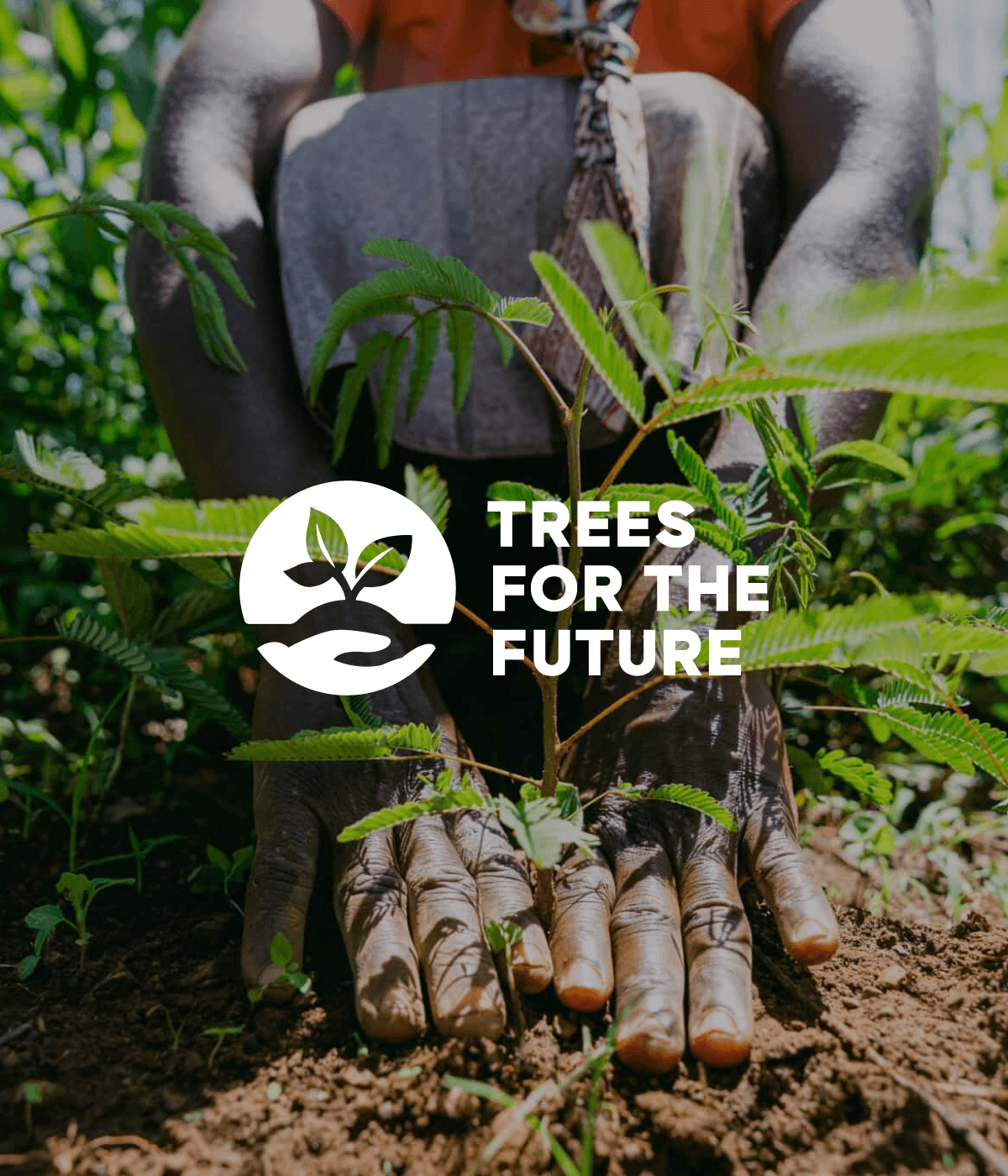
Trees for the Future
In den letzten Jahren haben wir sehr eng mit unserem Partner Trees for the Future (TREES) zusammengearbeitet, der seit 1989 über 300 Millionen Bäume gepflanzt hat. Aber der Forest Garden Approach ist mehr als das - er ist eine spezielle Mischung aus agroforstwirtschaftlichen Techniken, die es den Landwirten ermöglichen, die Kontrolle über ihr Land zurückzuerlangen, ihre Ernten zu diversifizieren und ihren Lebensunterhalt zu verbessern.

Rainforest Trust
Bis heute hat der Rainforest Trust über 50 Millionen Hektar Regenwald geschützt. Dies geschieht durch die Einrichtung gesetzlich anerkannter Schutzgebiete in Zusammenarbeit mit lokalen Organisationen und Gemeinden. Es ist ein kosteneffizientes Schutzmodell mit einer Erfolgsquote von 36 Jahren, das dauerhafte Zufluchtsorte für gefährdete Arten schafft, die durch Holzfäller, Bergleute und Viehzüchter direkt bedroht sind.
Mit Naturschutzprojekten in mehr als 62 Ländern in Lateinamerika und der Karibik, Afrika und im asiatisch-pazifischen Raum tragen wir durch monatliche Beiträge zum Conservation Action Fund zur Finanzierung dieser Bemühungen bei. Durch Partnerschaften wie die unsere kann sich der Rainforest Trust für den langfristigen Schutz tropischer Ökosysteme und der darin lebenden Tiere einsetzen. 100 % der Spenden werden für Naturschutzmaßnahmen verwendet.
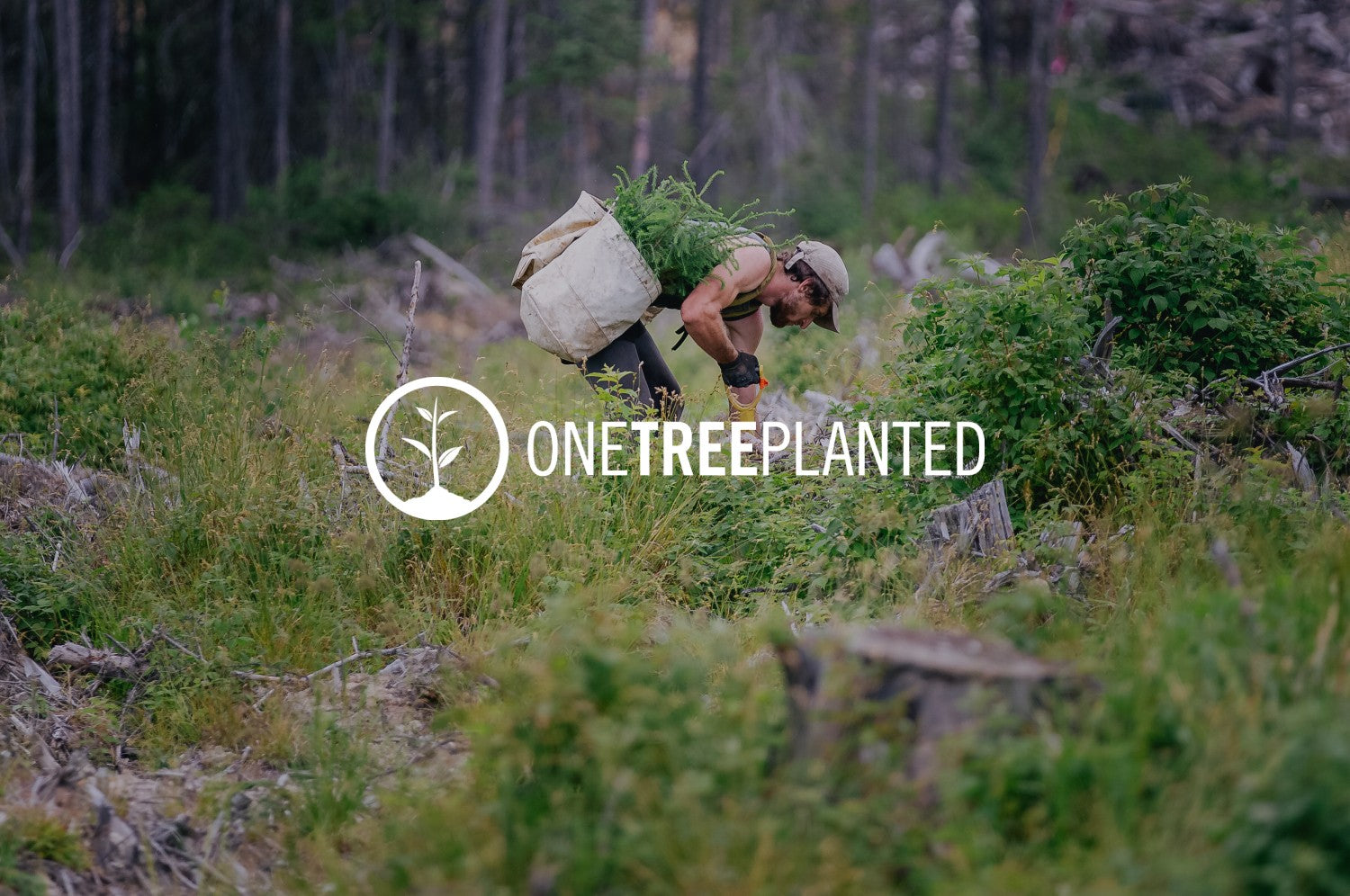
One Tree Planted
One Tree Planted arbeitet mit Partnern in über 47 Ländern in Nordamerika, Lateinamerika, Afrika, Asien, Europa und dem Pazifikraum zusammen. Die weltweiten Projekte helfen dabei, Wälder nach Bränden und Überschwemmungen wiederherzustellen, Arbeitsplätze zu schaffen, Gemeinschaften aufzubauen und Lebensräume für Wildtiere zu schützen.
Wir haben One Tree Planted im Laufe der Jahre bei verschiedenen Aufforstungsprojekten unterstützt – zuletzt anlässlich des Green Friday 2024, bei dem wir die Wiederaufforstung nach Waldbränden im pazifischen Nordwesten der USA finanziert haben, in den Bundesstaaten Oregon und Washington sowie weiter südlich in Kalifornien.
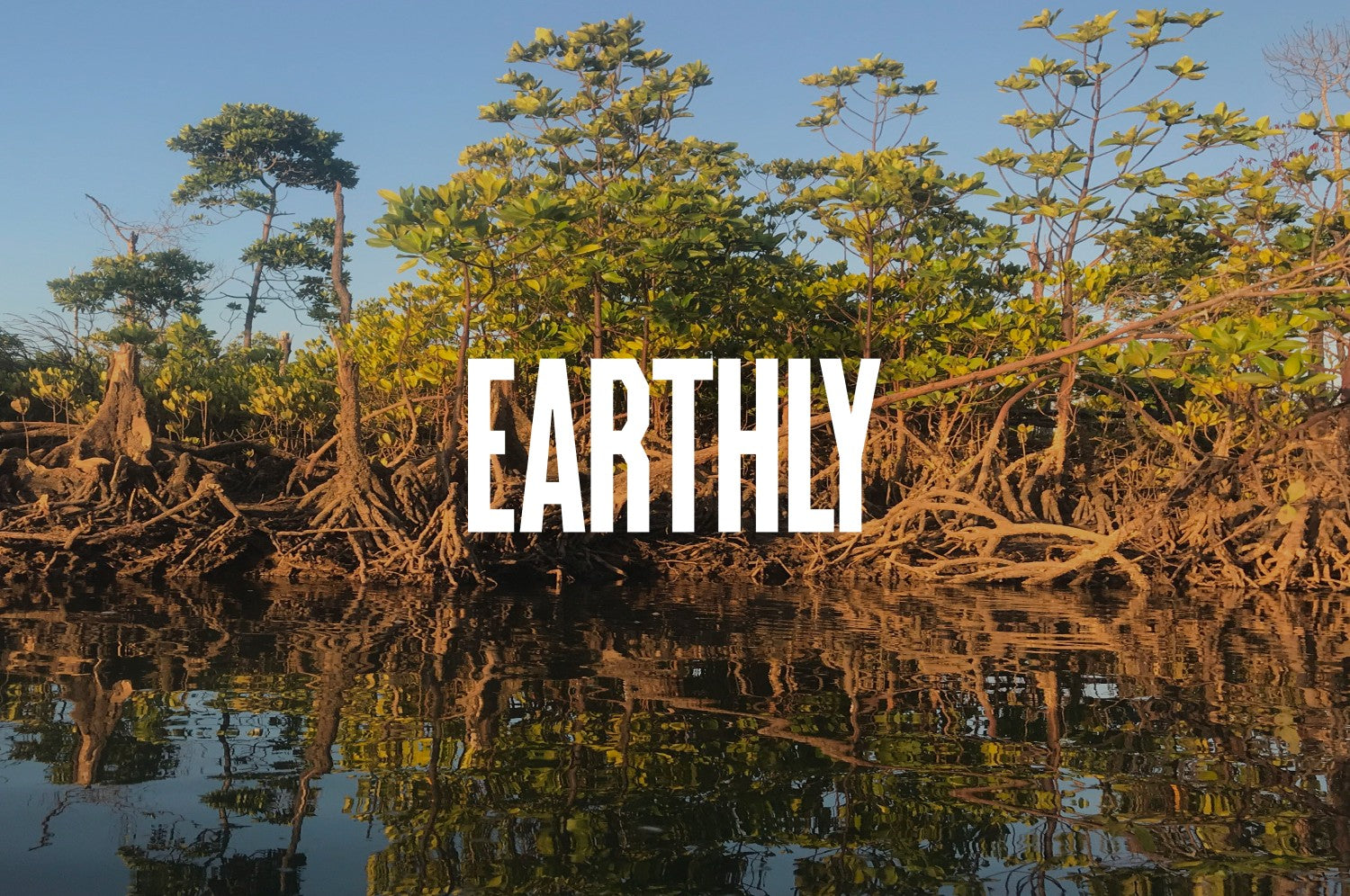
Earthly
Earthly unterstützt naturbasierte Lösungen, die Kohlenstoff binden, die Biodiversität wiederherstellen und die Lebensgrundlagen von Menschen auf der ganzen Welt verbessern. Von der Wiederaufforstung von Mangroven in Madagaskar über Agroforstwirtschaft in Kenia, Baumpflanzungen im Vereinigten Königreich bis hin zum Schutz von Torfgebieten in Indonesien – durch starke Partnerschaften stellt Earthly sicher, dass seine Wirkung sowohl der Natur als auch den Menschen, die von ihr abhängen, echten Nutzen bringt.
Für den Green Friday 2024 haben wir an Earthlys Mangrovenaufforstungsprojekte in Madagaskar gespendet, um degradierte Küstenökosysteme wiederherzustellen, Kohlenstoff zu binden, Überschwemmungsschäden zu verhindern und lokale Gemeinschaften mit besseren Fischereibedingungen und Arbeitsplätzen zu unterstützen. Ab 2025 wird jedes über einen unserer Handelspartner verkaufte Produkt die Wiederaufforstung von Mangroven unterstützen.
FAQs
Ist das Greenwashing?
Das kann es sein. Passenger pflanzt seit dem ersten Tag Bäume, und damals gab es noch nicht viele von uns, die das taten. Wurzeln in den Boden zu schlagen ist nur ein Teil unserer Verantwortungsinitiativen, aber es ist der Teil, für den wir am meisten bekannt sind.
Es ist eine einfache, direkte und echte Möglichkeit für unsere Gemeinschaft, mit jedem Kauf etwas zurückzugeben. Viele andere Unternehmen pflanzen inzwischen auch Bäume, was wir sehr begrüßen. Aber ob mit oder ohne Mode, wir werden heute und morgen weiter Bäume pflanzen, so wie wir es immer getan haben.
Profitiert die lokale Bevölkerung von der Baumpflanzung?
Trees for the Future und ihr bahnbrechender Waldgarten-Ansatz geben Landwirten und ihren Familien die Chance, ihr Land für immer zurückzuerobern. Sie befreien sie aus der Armut von Generationen und ermöglichen ihnen den Wiederaufbau von Nahrungsmittelsystemen zur Versorgung ihrer Gemeinschaften. Wir haben dies auf unserer Reise nach Ost-Uganda, einem dreitägigen Abenteuer im Herzen des Mount-Elgon-Nationalparks, aus erster Hand erfahren.
Sind Bäume gut für das Klima?
Indem sie Kohlendioxid und andere Treibhausgase aus der Atmosphäre absorbieren, spielen Bäume eine wichtige Rolle bei der Bekämpfung des Klimawandels. Sie bauen nicht nur Kohlenstoff ab, sondern binden ihn auch - sie nehmen während der Photosynthese Kohlendioxid auf, speichern es in ihren Blättern und geben es später an den Waldboden ab, wenn sie im Herbst von den Bäumen fallen und sich zersetzen.
Tragen Bäume zur Luftreinigung bei?
Durch ihre Blätter und Rinde absorbieren Bäume schädliche Schadstoffe und geben sauberen Sauerstoff an die Atmosphäre ab. In Städten und bebauten Gebieten absorbieren Bäume Schadgase wie Stickoxide, Ozon und Kohlenmonoxid und fegen Partikel wie Staub und Rauch auf.
Hilft das Pflanzen von Bäumen der Tierwelt?
75 % der Landtiere und -pflanzen leben in Wäldern. Das bedeutet, dass ein einziger Baum Hunderte von Arten beherbergen kann, und ein Quadratkilometer Wald kann über tausend verschiedene und lebendige Lebewesen beherbergen.


